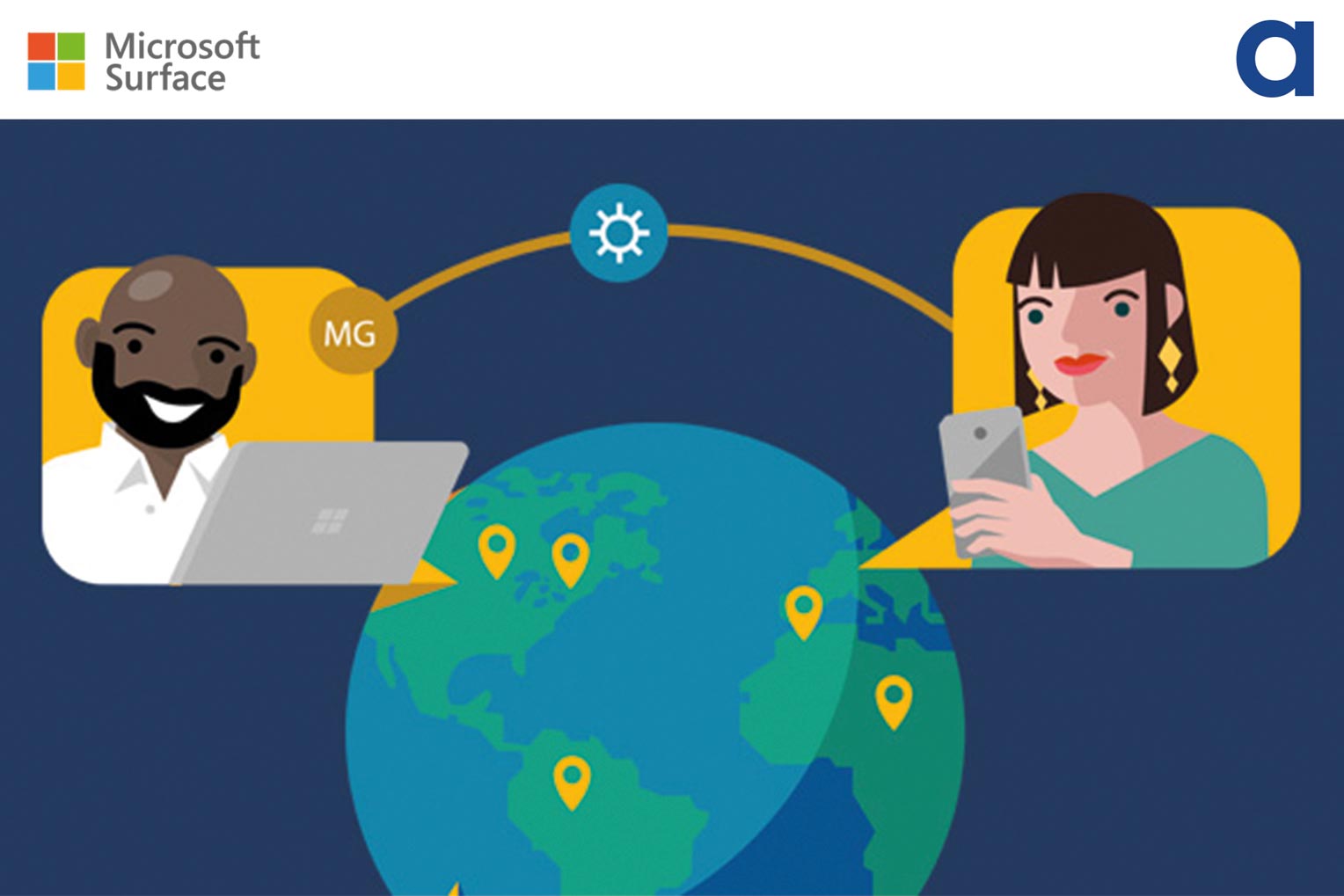
15 Sep The Challenges of Making Hybrid Learning Work in Higher Education
This is the second article in a series on the future of education and how educational institutions can best provide for students’ and educators’ needs as we move ahead.
Remote learning enabled educational institutions to keep teaching and learning going when it would not otherwise have been possible. But in a new phase for education, colleges and universities must go beyond remote learning as an emergency measure. How can they make it sustainable and fully effective, for a future that will likely include ‘hybrid’ models that mix on-campus and online participation?
Going beyond survival mode
2020 was one of the most difficult years in living memory for educators and students worldwide. Despite the challenges posed by the COVID-19 pandemic, universities and colleges managed to continue education through hard work, determination and technology.
Remote learning replaced on-campus learning as the primary method of delivering education – due to sheer necessity rather than preference. Rather than a long-planned strategic move, it was driven by the urgent need to deliver education by any means available. But, going forward, remote learning has transitioned from being a stopgap into a firm fixture of the education landscape.
The rise of hybrid
Hybrid learning is being adopted by educational institutions everywhere. In hybrid learning models, students may attend lectures and seminars either online or in person, for all manner of reasons. These include their personal needs and preference or wider directives from the institutions or government.
Hybrid learning has its own challenges beyond those of remote learning. It involves unifying student groups composed of both types of attendee and providing consistently high-quality experiences for both. And, crucially, hybrid also poses issues for educators and other staff-members.
New kinds of sessions for lecturers
In ‘traditional’ on-campus teaching modes, lecturers were dealing with a relatively simple scenario: one audience in one venue. Fully remote learning brought its own teething problems and issues, but beyond those, it too was a case of one audience in one venue – albeit a digital one. With hybrid learning, however, there are new complexities and challenges.
For smooth and effective hybrid seminars and lectures, educational institutions need to consider factors like these:
Can educators present to remote and on-campus students effectively?
Are the sketches and notes they make available and clearly visible to both?
Is it simple for students to join sessions remotely?
The alternative is disruption, wasted time or even non-attendance.
Are remote students engaged and able to participate fully?
Otherwise, they might as well simply be passively watching a video.
Poor hybrid teaching experiences can have a great impact on educators. They want to concentrate on practicing their vocation, to engage and inspire, instead of grappling with technology frustrations or disconnected and disengaged students. And the better their experiences at an educational institution, the more likely they are to want to keep teaching there.
Additional considerations for technicians
The advent of hybrid learning also impacts on technical personnel’s working lives and job satisfaction. These vital members of an institution have their pre-existing workloads to deal with as well as new tasks for facilitating hybrid seminars and lectures, so institutions should minimise the amount of time technicians need to spend helping lecturers and students with new technology.
What’s more, as well as this ad-hoc troubleshooting, there’s also the administration attached to the tools used for hybrid sessions:
Managing devices
such as displays, laptops and tablets, as well as user accounts
Security administration
to protect from threats outside and within the institution
Both of these elements are vital in ensuring hybrid learning is well-managed and risk-free. But the more difficult they are for technicians, the more stress and dissatisfaction they’ll cause – and the more chance of issues that will impact on the institution’s ability to support effective hybrid learning. But on the other hand, simple and effective administration means happy technicians and smooth, hassle-free experiences for educators and students.
Better experiences for everyone involved
In this new era of hybrid learning, educational institutions will rely more and more on new-generation devices such as the Microsoft Surface Hub 2S. These are capable not only of helping to engage and inspire students but also supporting fulfilling and frustration-free experiences for lecturers and technical staff as well.
As a new chapter begins for universities and colleges, the aim now is to provide better educational experiences for everyone – and that includes academic and support staff.
If you’d like to explore this topic in greater depth, you can read our eBook, ‘Better Education Experiences for Everyone’. Or if you’d like to discuss how Academia can help your educational institution prepare for the future, just get in touch.
Get in touch today


